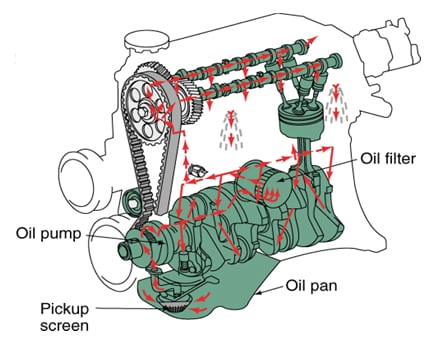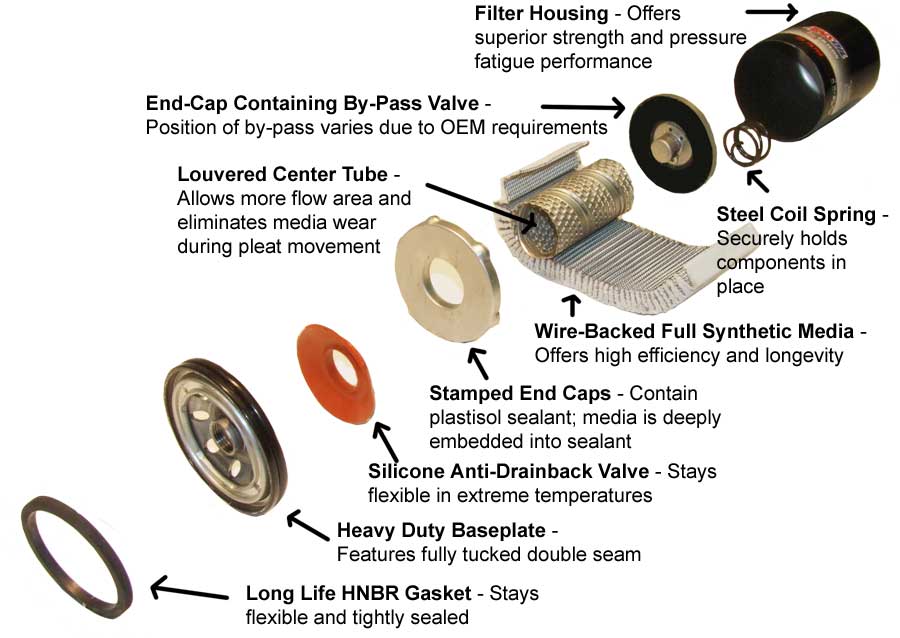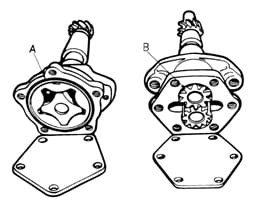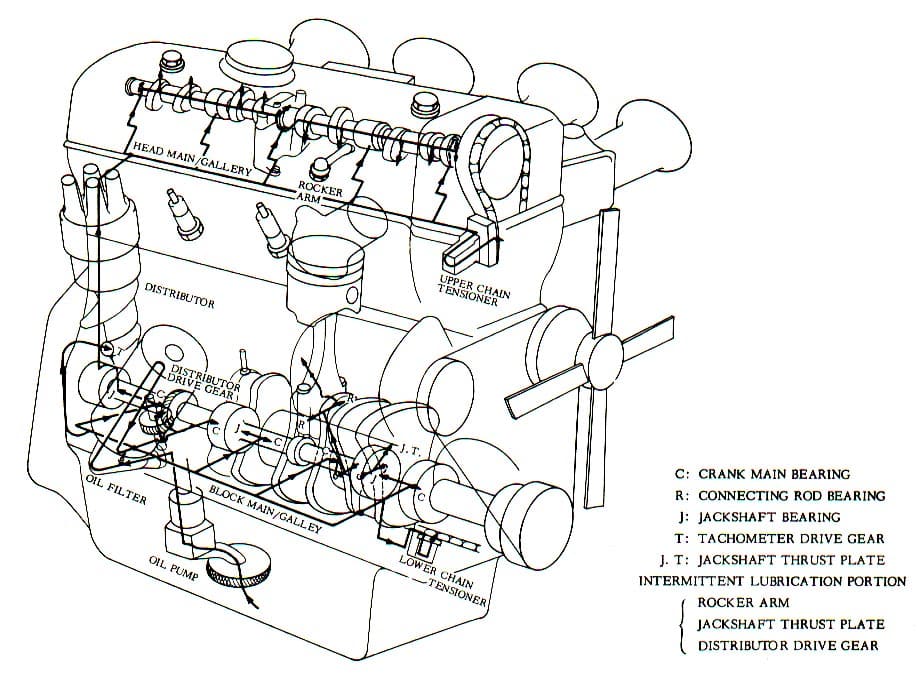Student Learning Objectives
-Define friction and explain how it affects the internal engine components
-List the functions of lubricating oil
-Explain the function of oil filter systems
-Determine when to change oil and what type of oil to use
Vocabulary
Viscosity vis·cos·i·tyˌ viˈskäsədē/ noun
- the state of being thick, sticky, and semi-fluid in consistency, due to internal friction.
Weight (in terms of engine oil) The "w" in motor oil stands for winter. The first number in the oil classification refers to a cold weather viscosity. The lower this number is, the less viscous your oil will be at low temperatures. For example, a 5W- motor oil will flow better at lower temperatures than a 15W- motor oil. The higher number, following the “w” refers to hot weather viscosity, or how fluid your oil is at hot temperatures. The higher the number, the thicker the oil at a specified temperature.
The 11 viscosity grades are 0W, 5W, 10W, 15W, 20W, 25W, 20, 30, 40, 50, and 60. These numbers are often referred to as the "weight" of a motor oil, and single-grade motor oilsare often called "straight-weight" oils.
Conventional oil and gas refers to petroleum, or crude oil, and raw natural gas extracted from the ground by conventional means.
Synthetic oil is a lubricant consisting of chemical compounds that are artificially made. Synthetic lubricants can be manufactured using chemically modified petroleum components rather than whole crude oil, but can also be synthesized from other raw materials.
Synthetic blend a mix of the two



